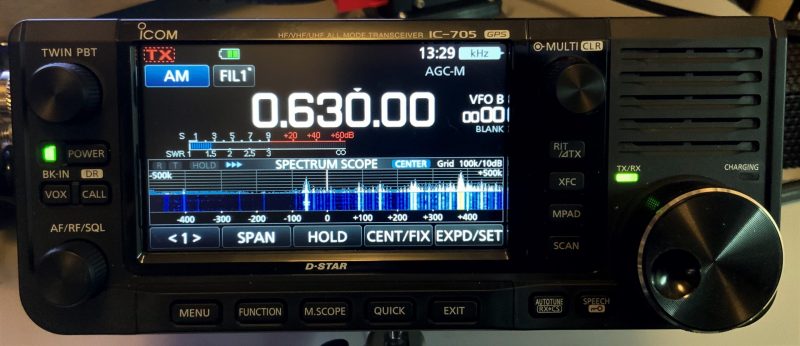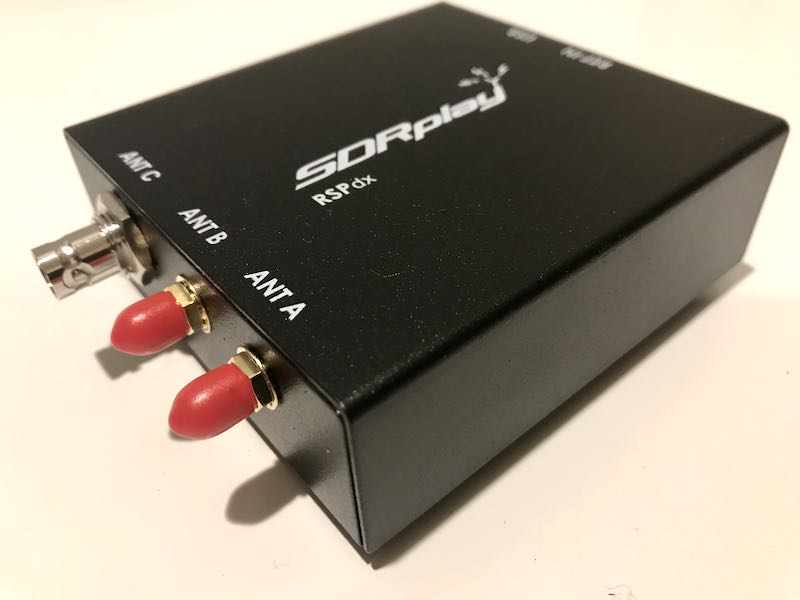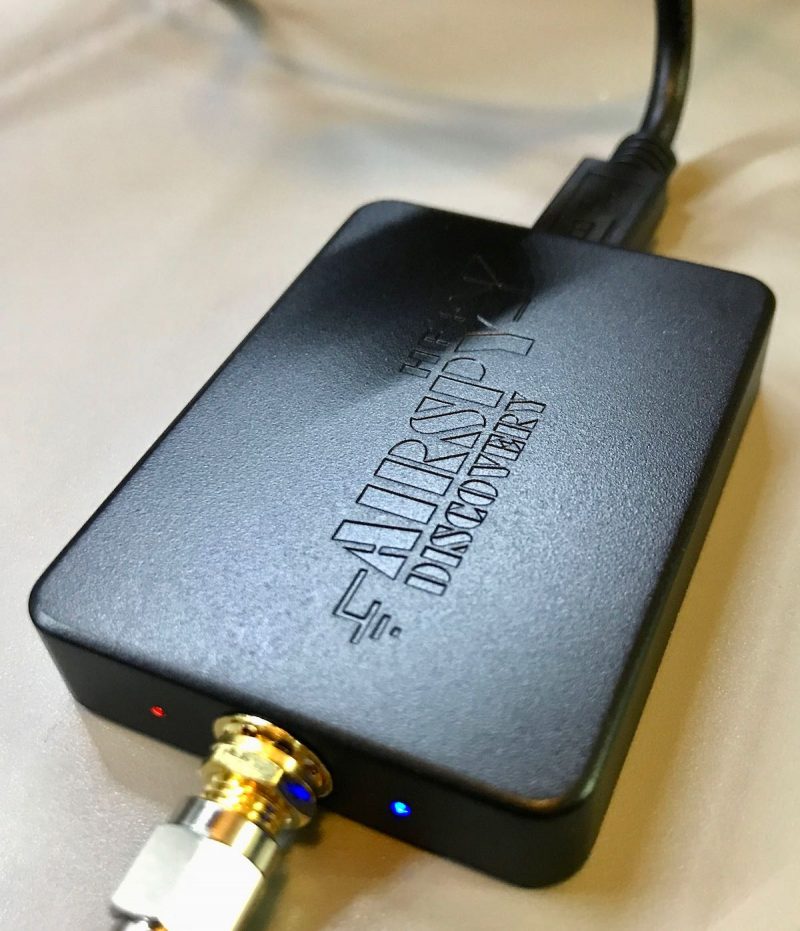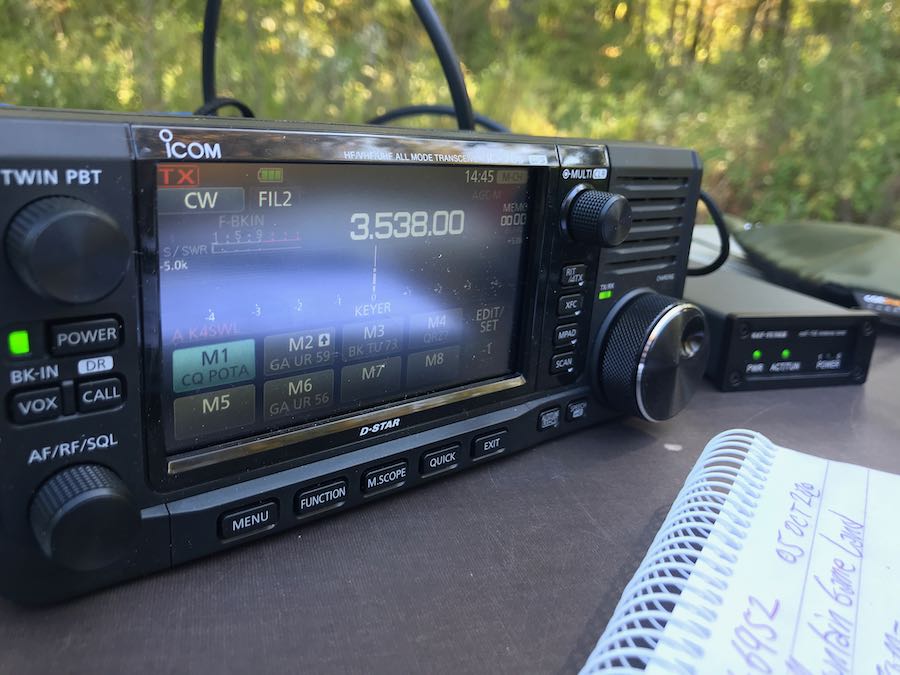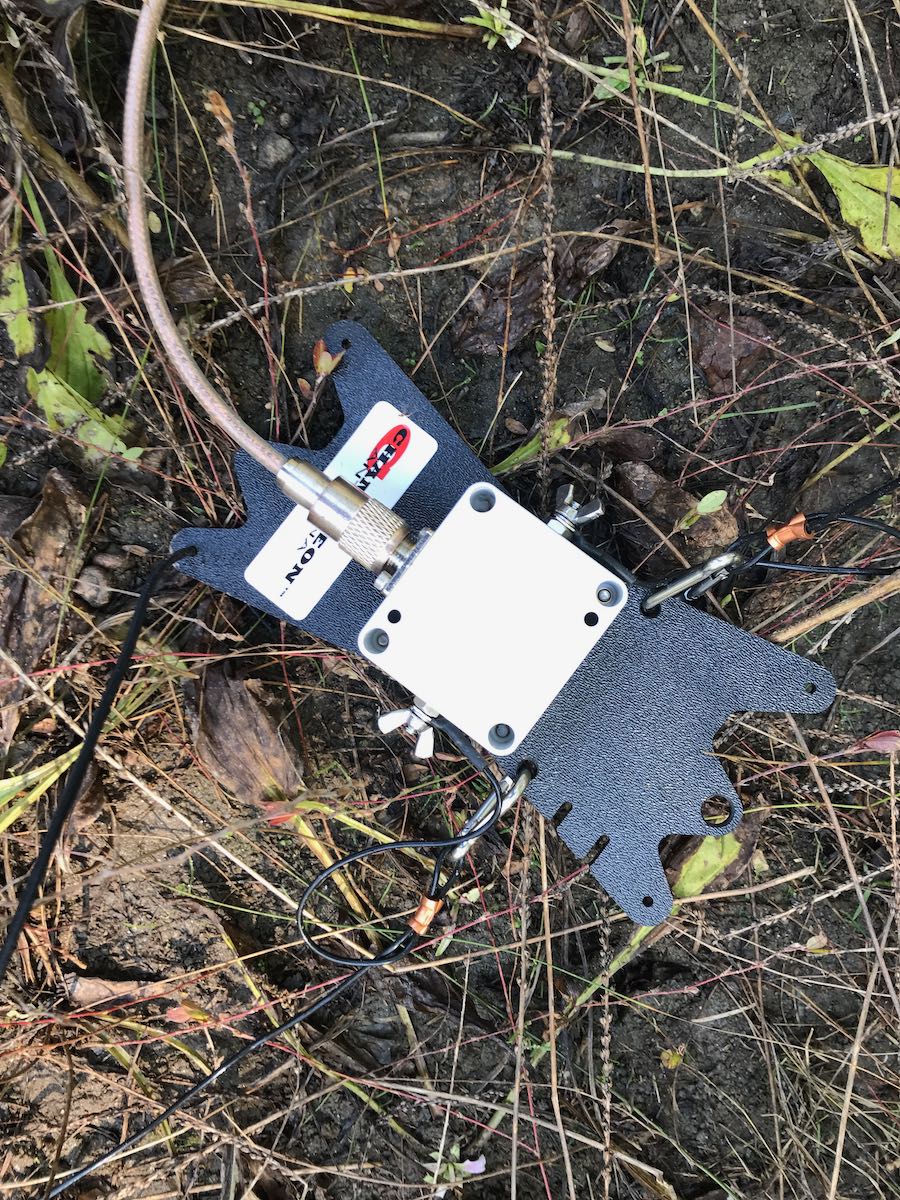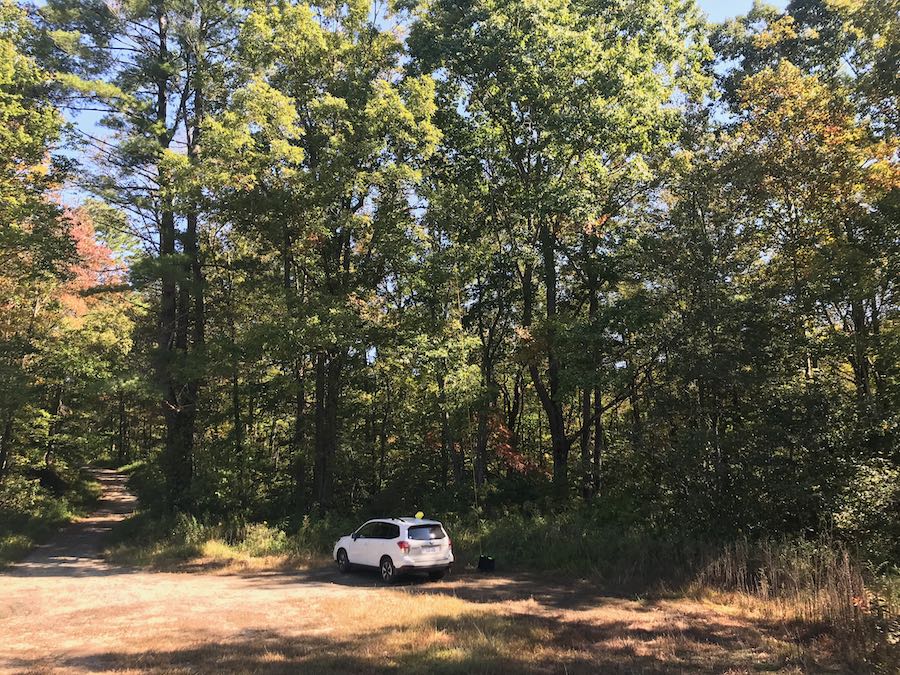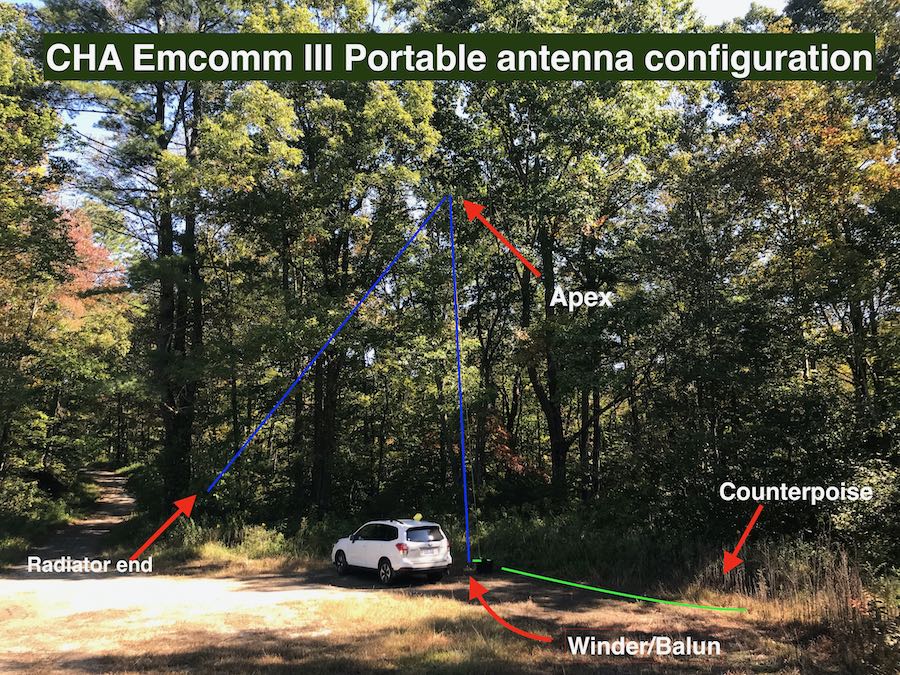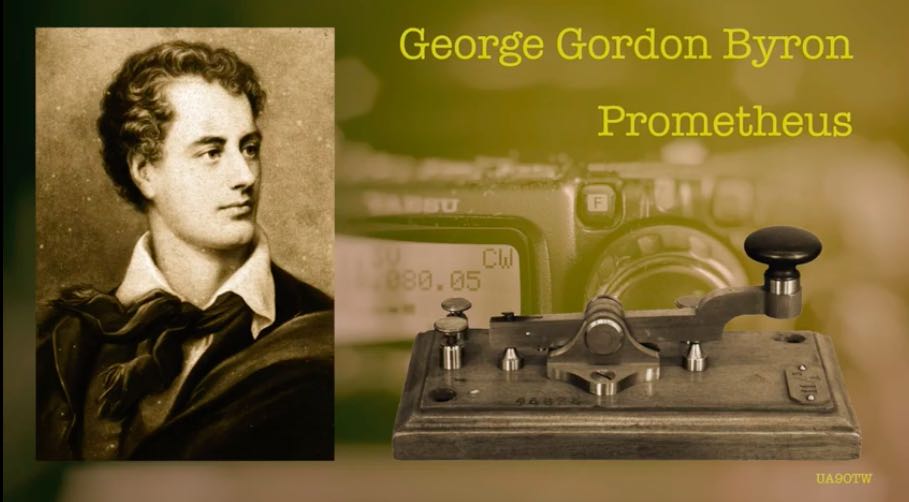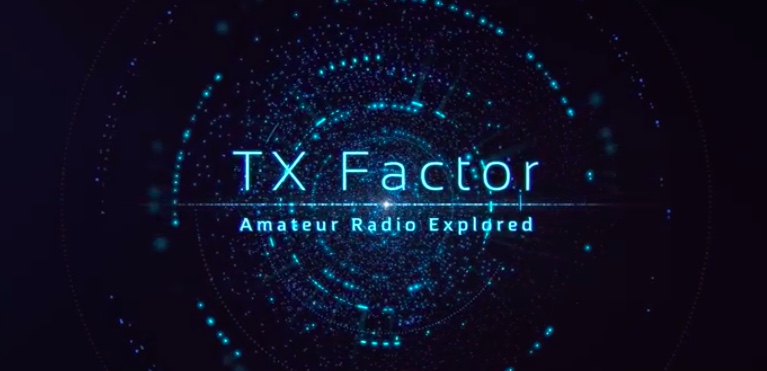 Many thanks to SWLing Post contributor, Eric (WD8RIF), who notes that the 27th episode of TX Factor was recently released. Here’s the show summary:
Many thanks to SWLing Post contributor, Eric (WD8RIF), who notes that the 27th episode of TX Factor was recently released. Here’s the show summary:
Another post-lockdown special? – Indeed! And we hope you are safe and well and looking forward to some TX Factor action. In this final show of 2020, we visit the home of a well-known and long-established amateur radio aficionado Don Field G3XTT. A year ago Don moved to a new QTH near Wells in Somerset, and back in March we visited him to find out how he’s settled in.
Bob and Mike get to grips with setting up an OpenSpot Gateway for mobile use.
And, we hear from RSGB General Manager Steve Thomas M1ACB on the amazing media response to this summer’s amateur radio revival during the lockdown period. All this and a free-to-enter draw!
TX Factor – Episode 27:
Click here to view on YouTube or on the TX Factor website.

